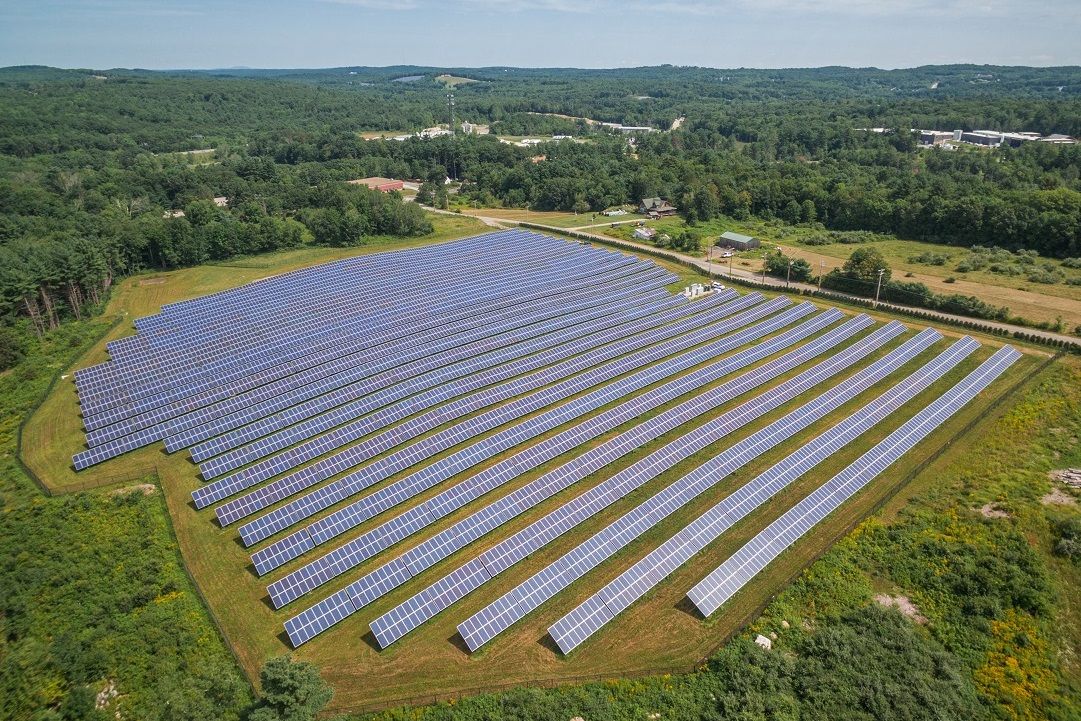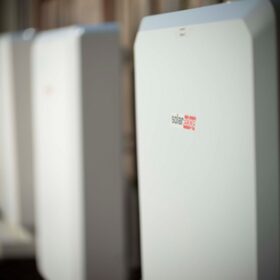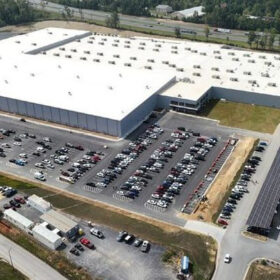The Solar and Storage Industries Institute (S12) recently released a report, Modeling the Revenue Impacts of “Flexible Interconnection” on New York Community Solar Projects, on the important role that flexible interconnection plays in revenue generation over a community solar project’s lifetime.
Interconnection is a challenge in many states, with wait times increasing. Oftentimes the holdup is that the grid needs to be upgraded and these upgrades or reconductoring are expensive and time consuming. A transformer shortage, for example, can be a major bottleneck.
The study focused on community solar in New York state, primarily because New York State has one of the largest and most successful community solar programs in the nation, due to the NY-Sun initiative. Last year the Wood Mackenzie Solar Market Insight quarterly report ranked New York as the all-time national leader in installed community solar.
The S12 report finds that for some community solar projects flexible interconnection provides 176% more revenue over the project’s lifetime than under other scenarios.
“Our groundbreaking report demonstrates that flexible interconnection is not only a promising approach for ensuring quicker grid access for solar projects, but offers important revenue benefits as well,” said David Gahl, executive director for the Solar and Storage Industries Institute. “Our analysis clearly shows that as firms are waiting for grid improvements to be made, using flexible interconnection makes business sense.”
Flexible interconnection (FIX), as described in the report, is a suite of different tools that optimize project injections based on grid conditions. These tools range from fixed project import export limits, to distributed energy resource management systems (DERMS) that monitor real-time grid conditions and automatically curtail community solar project output when certain operational thresholds are reached.
S12 set out to determine whether FIX solutions could allow more projects to be connected while still maintaining reliability and avoiding expensive upgrade costs. This is important for community solar developers because curtailment can affect the project’s bottom line.
The report was produced in partnership with the Coalition for Community Solar Access (CCSA), Smarter Grid Solutions, Solar Energy Industries Association, National Grid, and Nexamp, as part of the U.S. Department of Energy’s Interconnection Innovation Exchange (i2x) Technical Assistance Program.
Nexamp, a community solar developer, provided community solar project profiles based on actual community solar sites located in New York State. The project compensation used in the study was based on the New York’s Value of Distributed Energy Resources (VDER) tariff using a calculator developed by the New York State Energy Research and Development Authority.
The study used three FIX scenarios to compare how project outcomes and revenue will change.
- Conventional interconnection: The capacity of the community solar plant is limited to the minimum hosting capacity of the surrounding grid.
- Solar-only interconnection: The solar plant is sized greater than the minimum hosting capacity.
- Solar- plus-storage: The same capacity as the solar only scenario is used, but with a battery energy storage system.
Factored into this modeling is the deferred upgrade analysis, which considers the question of whether it makes sense to interconnect quickly or whether it is better to wait for a grid upgrade to be completed and produce with zero curtailment from the beginning.
The study found that the solar-only FIX scenario achieves preferable results to the other two with a net present value (NPV) of 2.75 versus the conventional scenario, or 176% more revenue over the lifetime of the project compared with the conventional scenario. In the solar-plus-storage scenario, the report states that the capital costs for storage do not necessarily justify the curtailment savings.

The study found that by monitoring real-time grid conditions, FIX systems can automatically curtail solar output when certain thresholds are met. For sites with variable hosting capacity, curtailment was minimal, with “solar-only” curtailment at just 10% of yearly exports.
Additional findings show that all systems benefit from flexible interconnection and each of the models yielded similar results–implementing flexible interconnection now, always outweighs waiting for a major upgrade.
“The results show what we thought they would—that existing interconnection policies are needlessly holding back new energy resources, and a flexible approach to interconnection does not require utilities to compromise the safety or reliability of the grid,” said Kelly Friend, vice president of policy and regulatory affairs at Nexamp.

In the key case that was studied, the substation is the furthest away and curtailment was only 10% of yearly exported MWhs. This limited number of curtailment events and the subsequent NPV analysis demonstrates that FIX will likely not impact project revenue. The benefits of temporary flexible interconnection are always better than waiting for a major upgrade.
An important finding is that nodes that were further from the substation would benefit the most from indefinite flexible interconnections, and those closest to substation benefit most from temporary flexible interconnections as they wait for an upgrade.
The report notes that flexible interconnection is meant to provide options to the conventional capped output method at a particular point of interconnection and not necessarily to compare at various interconnection points. The report concludes that all systems benefit from flexible interconnection, and it is therefore very important to consider the role of flexible interconnection as a solution to interconnection challenges.
This content is protected by copyright and may not be reused. If you want to cooperate with us and would like to reuse some of our content, please contact: editors@pv-magazine.com.









of course its always good to make hay while sun shines ie. interconnecct now with restrictions and later w storage duh